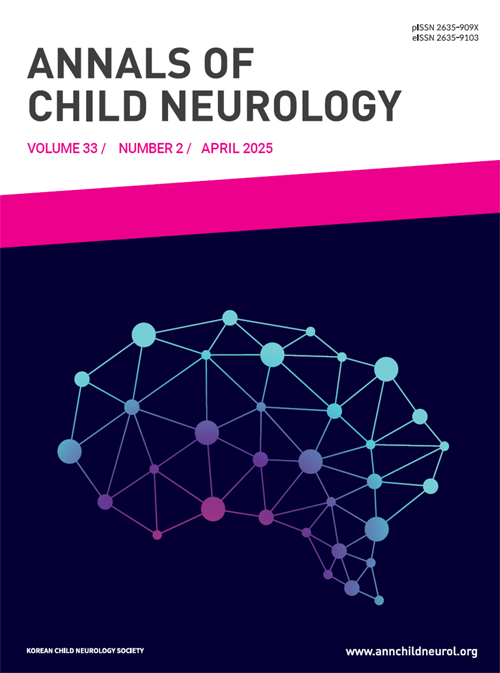Impact of Nusinersen on the Health-Related Quality of Life and Caregiver Burden in Patients with Spinal Muscular Atrophy with Symptom Onset before the Age of 6 Months
- 대한소아신경학회
- Annals of Child Neurology(구 대한소아신경학회지)
- vol.33 no.2
-
2025.0439 - 47 (9 pages)
-
DOI : 10.26815/acn.2024.00668
- 0

Purpose: This study investigated the impact of nusinersen on health-related quality of life (HRQoL), functional performance, and caregiver burden in patients with infantile-onset spinal muscular atrophy (SMA), addressing a growing interest in disease-modifying treatments. Methods: A 14-month observational study was conducted to evaluate changes in HRQoL and functional performance using the Pediatric Quality of Life Inventory (PedsQL) Infant Scales and the Pediatric Evaluation of Disability Inventory Computer Adaptive Test (PEDI-CAT). Caregiver burden was assessed through the Assessment of Caregiver Experience with Neuromuscular Disease (ACEND). Motor function was evaluated using the Children’s Hospital of Philadelphia Infant Test of Neuromuscular Disorders (CHOP INTEND). Correlations between CHOP INTEND scores, functional performance, and caregiver burden were analyzed. Results: Eight patients with infantile-onset SMA and their caregivers participated, with a median treatment initiation age of 4.6 months (range, 1.1 to 15.1). CHOP INTEND scores showed significant improvement (P<0.001), whereas all PedsQL Infant Scale scores declined. Conversely, the PEDI-CAT revealed significant enhancements in daily activities, mobility, and social-cognitive domains (all P<0.001). Caregiver burden lessened across most dimensions (P<0.001), with the exception of the time-related burden (P=0.731). Higher CHOP INTEND scores correlated with improvements in PEDI-CAT domains and a reduction in caregiver burden related to sitting/play and transfer activities. Conclusion: The study demonstrates the positive effects of nusinersen on functional performance and caregiver burden in patients with infantile-onset SMA. However, discrepancies were observed in HRQoL outcomes, suggesting a need for further research that includes SMA-specific outcome measures to comprehensively assess the treatment's impact on patients' lives.
Introduction
Materials and Methods
Results
Discussion
References
(0)
(0)